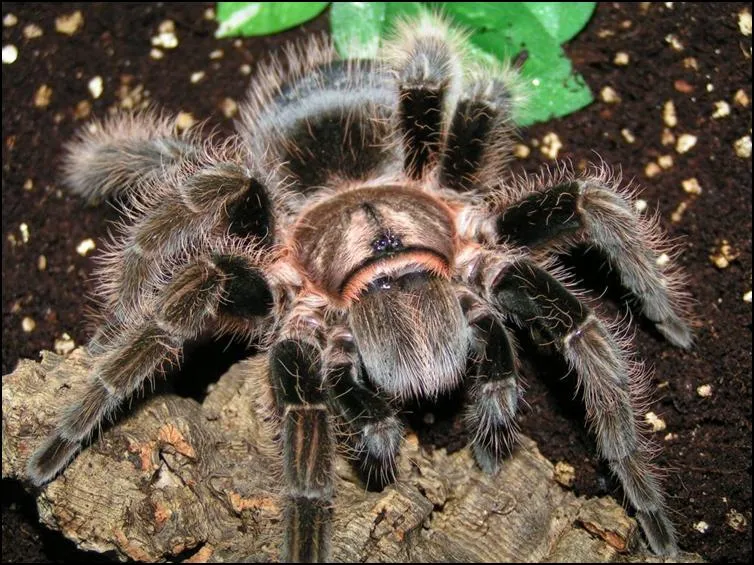The Ultimate Guide to Curly Hair Tarantula Care
The Curly Hair Tarantula (Tliltocatl albopilosus), native to Costa Rica, is a popular pet tarantula due to its docile temperament, hardiness, and striking appearance. Their characteristic curly hairs, which they use for defense, and their overall manageable care requirements make them a good choice for beginner tarantula keepers. This comprehensive guide provides the top 5 tips to ensure your Curly Hair Tarantula thrives, covering everything from habitat setup and feeding to health maintenance and safe handling. Understanding their needs is key to providing a long and healthy life for your fascinating arachnid companion. Proper care ensures a happy and well-adjusted tarantula, allowing you to enjoy the unique experience of keeping one of these incredible creatures.
Creating the Perfect Habitat
A well-designed habitat is crucial for the health and well-being of your Curly Hair Tarantula. Mimicking their natural environment is key to keeping them stress-free and thriving. This involves the right enclosure, substrate, and environmental controls. A comfortable habitat will encourage natural behaviors such as burrowing and web-spinning, adding to your enjoyment of your pet. The setup you provide is the foundation for their overall health, and a poorly designed enclosure can lead to health problems or behavioral issues. Paying close attention to the details will create an environment that will allow your tarantula to thrive.
Choosing the Right Enclosure
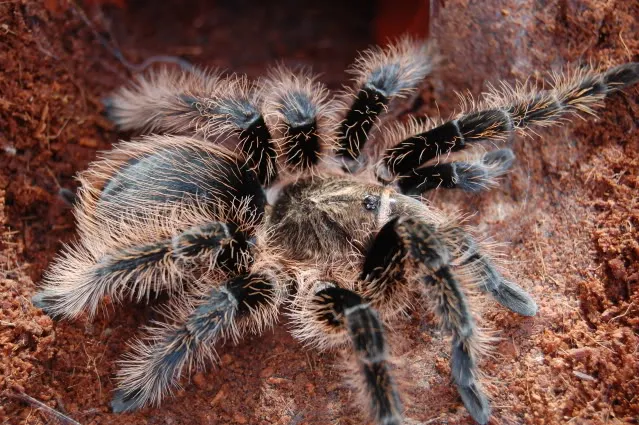
The enclosure should be appropriately sized, allowing ample space for your tarantula to move around and establish a comfortable living area. For a juvenile, a 5-10 gallon tank is generally sufficient. Adults require a 10-20 gallon tank, depending on their size. The enclosure should be escape-proof, with a secure lid. Ventilation is also essential; ensure there are air holes to prevent moisture buildup and promote airflow. Glass or acrylic terrariums are popular choices, offering clear visibility. Consider the substrate and overall aesthetic when selecting an enclosure that complements your living space. A well-chosen enclosure sets the stage for a healthy and content tarantula. See image: choosing-tarantula-enclosure.
Substrate Selection
The substrate is the bedding material at the bottom of your tarantula’s enclosure. It serves several purposes, including providing a surface for burrowing, maintaining humidity, and absorbing waste. A good substrate for Curly Hair Tarantulas is a mixture of peat moss, coconut fiber, and a small amount of vermiculite or sphagnum moss. This combination holds moisture well while still allowing for proper drainage. The substrate should be deep enough for the tarantula to burrow – at least 4-6 inches is recommended. Avoid substrates like sand or gravel, as they do not hold moisture effectively and can be difficult for the tarantula to burrow in. Regularly check the substrate for cleanliness and replace it every few months or as needed. See image: tarantula-substrate.
Temperature and Humidity Control
Curly Hair Tarantulas thrive in a temperature range of 75-85°F (24-29°C). Maintaining this temperature is essential for their metabolism and overall health. You can use a heat mat placed on the side of the enclosure (never directly underneath) to provide supplemental heat. Ensure the heat source does not overheat the enclosure. Humidity levels should be maintained between 60-70%. You can monitor humidity using a hygrometer. Regular misting of the enclosure, especially the substrate, can help maintain the correct humidity levels. Adequate ventilation is also crucial to prevent mold and mildew buildup, which can harm the tarantula. Combining these measures creates a stable environment for your tarantula. See image: curly-hair-tarantula-habitat.
Feeding Your Curly Hair Tarantula
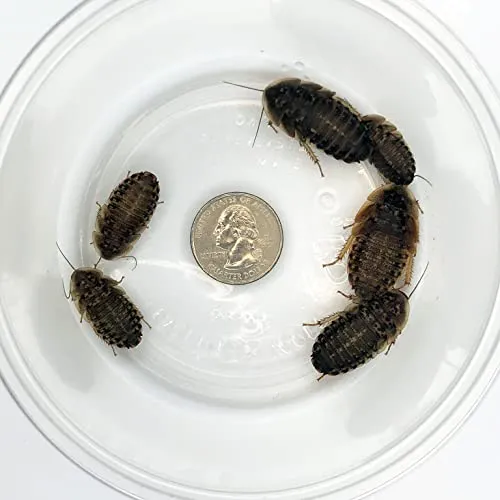
Proper feeding is vital to the health and growth of your Curly Hair Tarantula. They are opportunistic predators and will readily consume a variety of insects. Providing the right diet and feeding schedule is essential for keeping your tarantula healthy and active. Overfeeding can be as harmful as underfeeding, so it is important to understand the appropriate feeding frequency and the types of foods to offer. A balanced diet ensures your tarantula receives all the necessary nutrients for growth and molting. Regular feeding also gives you the opportunity to observe your tarantula and monitor its health and behavior.
What to Feed Your Tarantula
The main diet for Curly Hair Tarantulas consists of insects. Crickets, mealworms, and roaches are the most common and readily available options. It is important to ensure that the insects you offer are gut-loaded, meaning they have been fed a nutritious diet before being given to your tarantula. This increases the nutritional value of the meal for your pet. You can also occasionally offer other insects like superworms or waxworms as treats, but these should not be the primary food source due to their higher fat content. Avoid feeding wild-caught insects, as they may carry parasites or pesticides. Consider the size of the prey relative to your tarantula’s size, as a general rule, the prey should be no larger than the tarantula’s abdomen. See image: feeding-curly-hair-tarantula.
Feeding Frequency Based on Age
The feeding frequency depends on the tarantula’s age and size. Spiderlings (juvenile tarantulas) should be fed 2-3 times per week. As they grow, you can gradually reduce the frequency to once a week or every other week for adults. Adults, especially those that are well-fed, may eat even less frequently. Observe your tarantula’s abdomen; a plump abdomen indicates it is well-fed. Refusal to eat can be a sign of an upcoming molt or a problem with the environment. Always remove uneaten prey within 24 hours to prevent stress and potential harm to your tarantula. Regularly monitor your tarantula’s feeding habits and adjust the schedule accordingly.
Watering and Hydration
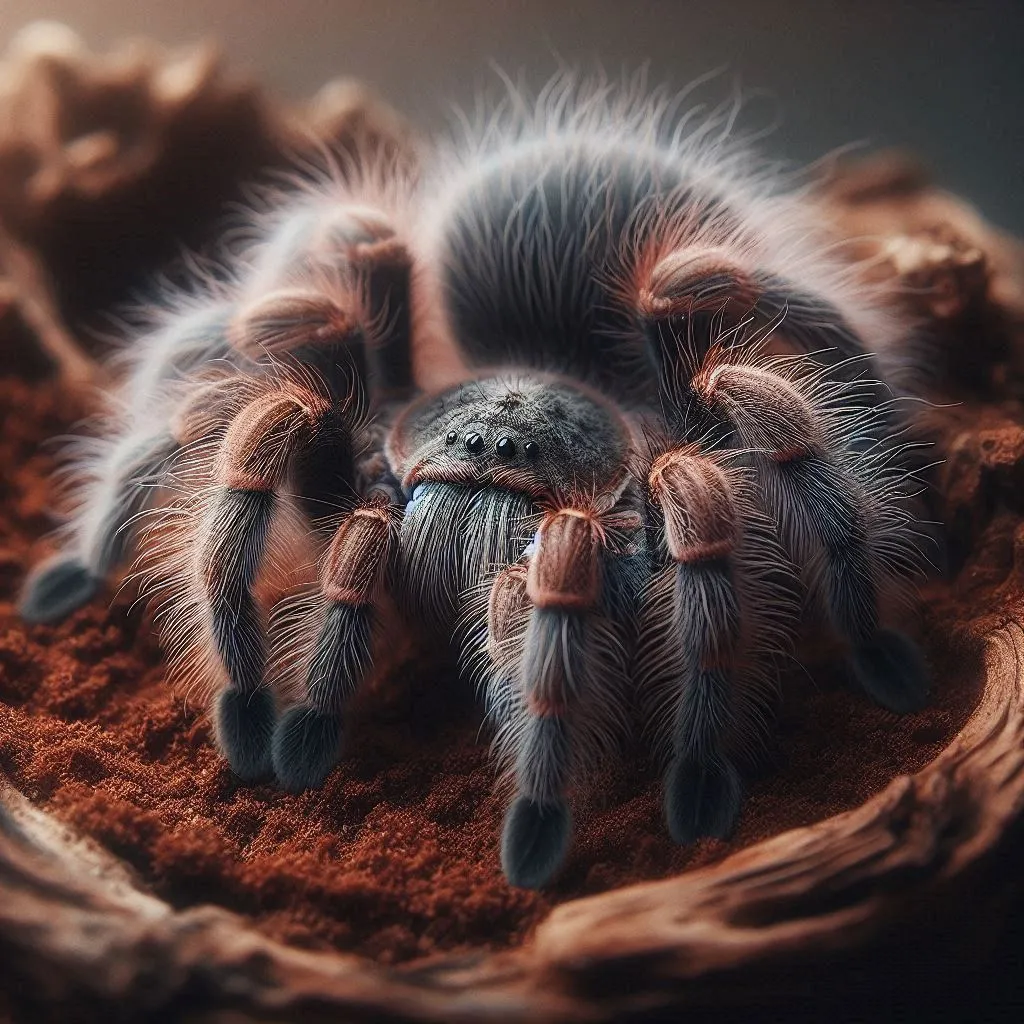
Providing fresh water is crucial for your Curly Hair Tarantula. They need a constant supply of water to stay hydrated and healthy. Unlike some pets, tarantulas don’t drink frequently, but it is still essential to provide a water source. Regular hydration is key to maintaining their health, and proper hydration supports the molting process. Keeping their water source clean and readily available will ensure your tarantula’s well-being. Always monitor the water source for cleanliness and refill it as needed.
Providing Fresh Water
A shallow water dish is essential for providing your Curly Hair Tarantula with water. The dish should be shallow enough to prevent the tarantula from drowning. Use a dish that is easily accessible and stable, to avoid accidental spills. Ceramic or plastic dishes are good choices. Clean the water dish regularly, ideally every 1-2 days, to prevent bacteria buildup and ensure the water remains fresh. You can use bottled or dechlorinated tap water. Avoid using distilled water, as it lacks essential minerals. Regularly check the water level and refill as needed to ensure a constant supply of fresh water. See image: tarantula-water-dish.
Misting for Humidity
In addition to a water dish, misting the enclosure helps maintain the necessary humidity levels. Use a spray bottle with dechlorinated water to lightly mist the substrate and the enclosure walls. Do not over-mist, as this can lead to mold growth. The frequency of misting depends on the humidity levels in your area and the ventilation in the enclosure; generally, misting once or twice a week is sufficient. Ensure the enclosure has adequate ventilation to prevent condensation buildup, which can be harmful to your tarantula. Monitoring humidity with a hygrometer and adjusting your misting schedule will help keep your tarantula comfortable and healthy. See image: curly-hair-tarantula-habitat.
Handling and Interaction
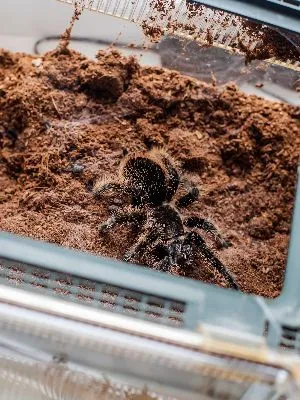
While Curly Hair Tarantulas are known for their docile nature, handling should be approached with caution and should not be done frequently. Tarantulas are not typically social creatures and may experience stress from excessive handling. Understanding when it is safe to handle and how to handle your tarantula properly is key to preventing harm to both the tarantula and yourself. A safe and considerate approach will minimize stress and enhance your overall experience with your pet. Handling should be kept to a minimum to avoid unnecessary stress and potential danger.
When to Handle Your Tarantula
It is generally best to avoid handling your Curly Hair Tarantula unless necessary, such as when cleaning the enclosure or for a health check. Frequent handling can stress the tarantula, and even docile species can bite if they feel threatened. Avoid handling your tarantula after a recent feeding, before or during a molt, or if it is showing signs of stress (e.g., defensive posture, flicking hairs). Always prioritize the tarantula’s well-being. Focus on observing and appreciating your tarantula without direct interaction. See image: handling-tarantula.
How to Handle Safely
If you must handle your Curly Hair Tarantula, do so with extreme care and a gentle approach. Approach slowly and allow the tarantula to walk onto your hand. Avoid quick movements or surprises, which can startle the tarantula and cause it to react defensively. Handle your tarantula close to the ground or over a soft surface to minimize the risk of injury if it falls. Always wash your hands before and after handling, and avoid wearing scented lotions or perfumes. If the tarantula shows any signs of distress, such as rearing up or flicking hairs, immediately place it back in its enclosure. Be patient and respect your tarantula’s boundaries.
Recognizing and Addressing Health Issues
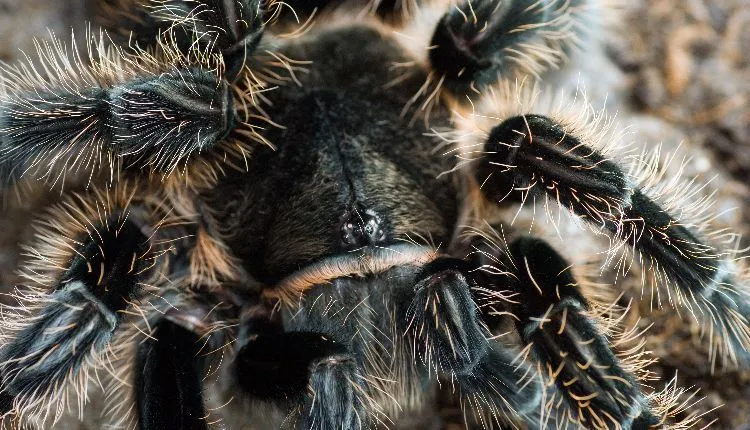
Knowing how to recognize potential health problems is essential for providing the best care for your Curly Hair Tarantula. By monitoring your tarantula’s behavior, appearance, and eating habits, you can quickly identify issues and take appropriate action. Early detection can significantly improve the chances of a successful recovery. Regularly inspecting your tarantula’s enclosure and its physical condition will help you provide a healthy environment. Observing for common health problems and recognizing the signs of a healthy tarantula are keys to responsible pet ownership.
Common Health Problems
Common health issues in Curly Hair Tarantulas include dehydration, fungal infections, and mite infestations. Dehydration can be caused by insufficient water or low humidity levels. Symptoms include a shriveled abdomen and lethargy. Fungal infections can occur in poorly ventilated enclosures with high humidity, often presenting as discolored areas on the tarantula. Mite infestations, although less common, can cause irritation and stress. Addressing these issues promptly is crucial; consult a veterinarian experienced with invertebrates if you notice any of these problems. Prevention is key. Maintaining the right environment and a clean habitat will prevent most health issues. The best way to prevent diseases is to maintain a clean enclosure and provide a balanced diet.
Signs of a Healthy Tarantula
A healthy Curly Hair Tarantula is typically active, alert, and has a plump abdomen. It will readily eat and show no signs of lethargy. The tarantula’s hairs should be intact, and its overall appearance should be vibrant and clean. Healthy tarantulas will exhibit natural behaviors, such as burrowing or web-spinning, and will molt regularly. A healthy tarantula also shows a good appetite and exhibits no visible signs of parasites or infections. Regular observation and a thorough understanding of what constitutes a healthy tarantula will aid you in providing the best care. See image: healthy-curly-hair-tarantula.
The Molting Process
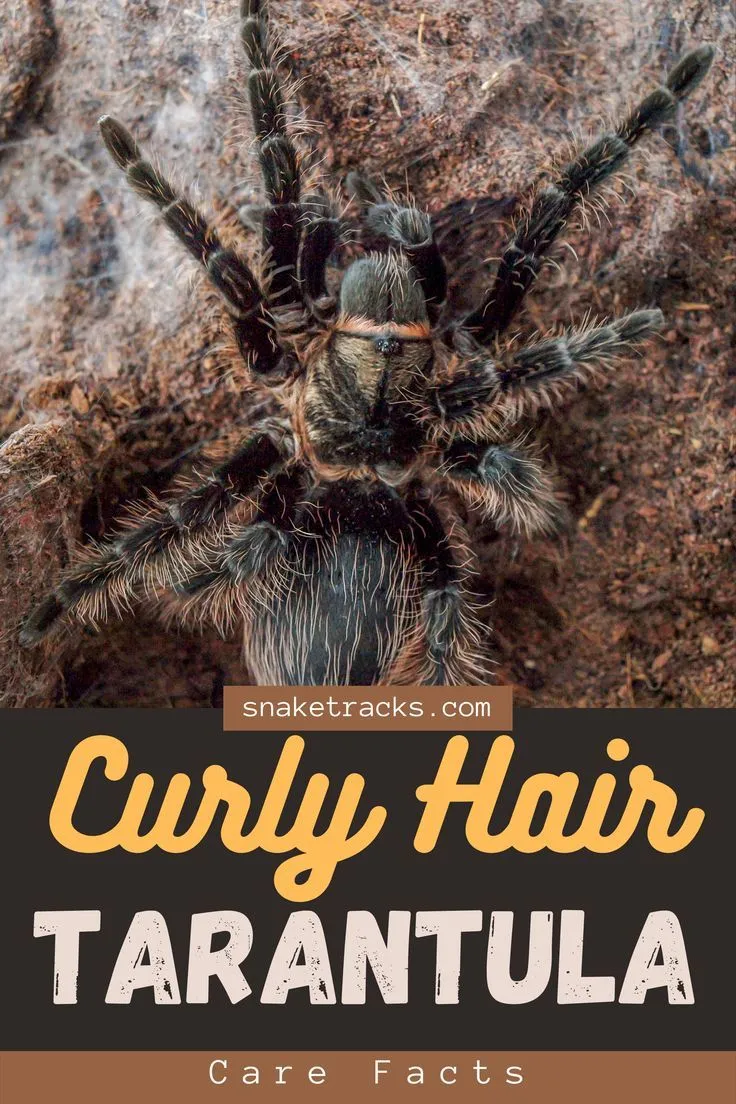
Molting is a natural process where a tarantula sheds its exoskeleton to grow. Understanding the molting process is crucial for providing proper care during this vulnerable time. Molting can be a stressful process for your tarantula, and a supportive environment during this period can help ensure their safety and well-being. The molting process is a sign of growth, and it is important not to disturb the tarantula during this time. Learning the signs of an impending molt and knowing how to provide a suitable environment are essential aspects of tarantula care. The molting process is a fascinating part of the tarantula’s life cycle.
Preparing for Molting
Before a molt, your Curly Hair Tarantula may become less active, stop eating, and may spend more time in its burrow or hiding place. The abdomen may appear darker and larger. You may also notice changes in the tarantula’s posture. Provide a safe and undisturbed environment during this period. Ensure the enclosure is well-hydrated, but avoid misting directly on the tarantula. Do not feed the tarantula during this time. Prepare for the molt by keeping the enclosure still and maintaining the appropriate temperature and humidity levels. Understanding the signs of an impending molt allows you to provide the best care possible. See image: molting-tarantula.
Caring for a Molting Tarantula
During the molting process, do not disturb or handle your tarantula. The tarantula will often flip onto its back during the molt. Provide a well-hydrated environment to help the tarantula during this process, but avoid excessive moisture. After the molt, wait a few days before feeding your tarantula, as its fangs and exoskeleton will be soft. Once the exoskeleton has hardened, you can resume normal feeding. Monitor the tarantula for any difficulties during the molt, but in most cases, it will complete the process without any intervention. Observing the molting process is a unique and rewarding experience for any tarantula keeper.
Caring for a Curly Hair Tarantula is a rewarding experience. By following these top 5 tips, you can provide a safe, healthy, and enriching environment for your fascinating pet. Remember that responsible pet ownership involves continuous learning and observation. With proper care, your Curly Hair Tarantula can thrive for many years, providing you with a unique glimpse into the world of these incredible arachnids.
